Last week I posted about a new project Anne and I are involved in – assisting the NGO “Teach for Madagascar” via a group of street photographers called “Zanaky Ny Lalana” (Children of the Street). This week we went to another of the ten locations where Malagasy volunteers teach children who don’t have access to other schooling literacy and life skills.
This week when we showed up, there was a little confusion. It seems the organization had worked with parents benefiting from the program to secure the use of a room belonging to the local fokontany, or neighborhood administration (Madagascar is divided into 17,544 such administrative units) but the arrangement was tense, and it appeared that the fokontany was reluctant to allow the room to be used for free. As a result, that morning, the building had remained locked for an hour after the appointed start time, and by the time the volunteers got the room unlocked, the kids had all gone back home. So we had to go find them.
Wandering around the neighborhood with our cameras, we admittedly became distracted a few times. For example, we saw and heard this festive crowd slowly making their way down the main, 4-lane road:
https://www.youtube.com/watch?v=VlMyt0eD3Go
Music, dancing, waving sugar cane – what was it all about? “Circumcision,” our Malagasy companions told us. As it turns out, this is an important rite of passage all over Madagascar, generally irrespective of religion or tribe:
Malagasy people have a rich culture built around a strong sense of community. A key step in a boy’s life is circumcision, which usually takes place after the age of two. It is just one of many festivals and ceremonies celebrated across Madagascar and each clan marks the occasion in its own unique way.
Merina people of the central Antananarivo area take part in a riotous and exciting celebration as boys prepare for their circumcision. The operation is accompanied by a dance portraying a symbolic battle over sugarcane. This ceremony happens every seven years amongst the Merina people and, as you can see, it is a time of great jubilation for all concerned.
Circumcision is a significant rite of passage in Malagasy culture. In fact, it is so important that a baby who dies before the operation is performed may not be buried in the family tomb.
After that little diversion, we continued searching, and eventually managed to round them up. We found out that the parents didn’t want to use the fokonany room anymore, so the class returned to its usual open-air location on the grounds of a nearby public university.
The kids in this group seemed to have a wider age range than those the previous week – and we were told that a number of them were younger siblings. The main group was working on reading and spelling longer words, but the instructors also spent some time with the younger kids, showing them how to form basic letters on their individual chalkboards. And everyone loved hamming it up for the camera.
Nathalie was there with her younger brother, who was too young to really take part. When Nathalie walked around, she would bundle him up in a cloth on her back, but while she was working on her writing, he would would sit quietly and play. I asked another photographer to ask her how old she was, and after she looked at her badge, she answered “13.”
After the writing exercise, the instructors talked to the kids about the environment, and then they spent a few minutes picking up litter. The kids were so enthusiastic!
https://www.youtube.com/watch?v=IKYLGqDYj0Y
After that, it was time to learn about handwashing. The kids were pretty excited about learning to do it the way the instructors showed them. They laughed when he demonstrated how to shake them until they were dry – because there weren’t any towels.
While some of the kids were washing their hands, some of the others were getting their photos taken for their badges, to make sure everything is official!
And finally, before it was time to go home, the kids sang a song in a circle. We gave them each a little treat bag with a pencil, notepad, and a few other little goodies, and they took their homework notebook and headed home.
You can see all my photos for Teach for Madagascar in this Flickr album. See photos from the project taken by all the photographers on the Zanaky ny lalana Facebook page.

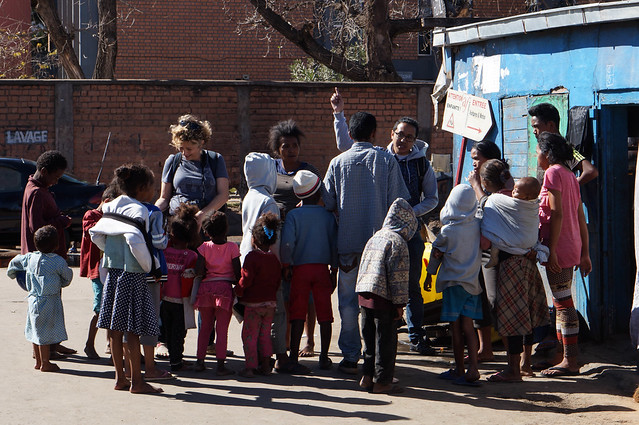
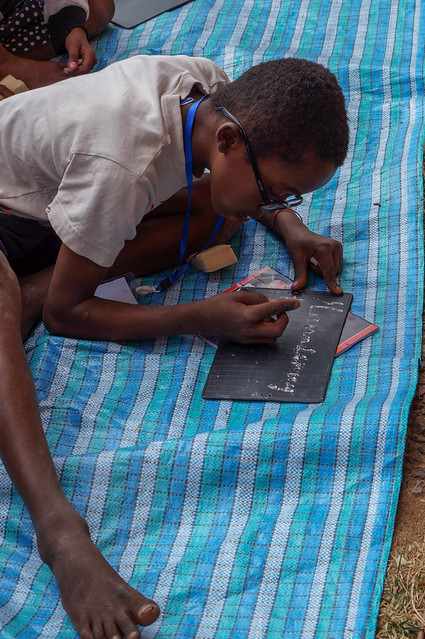







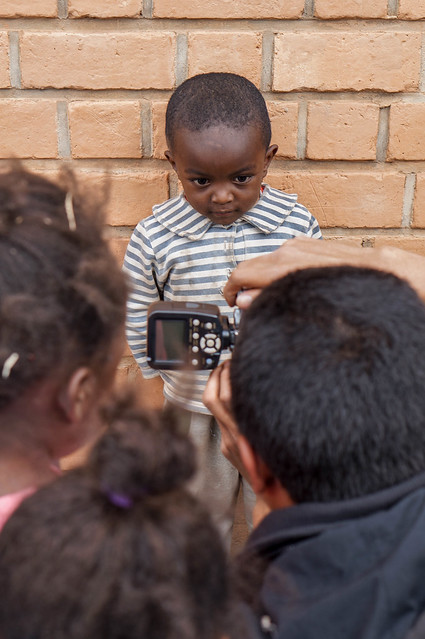

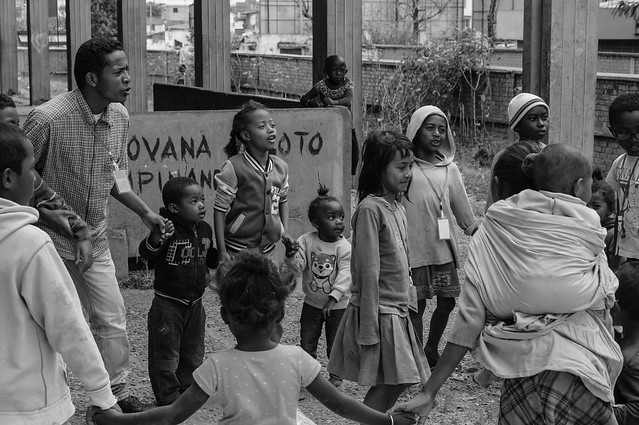
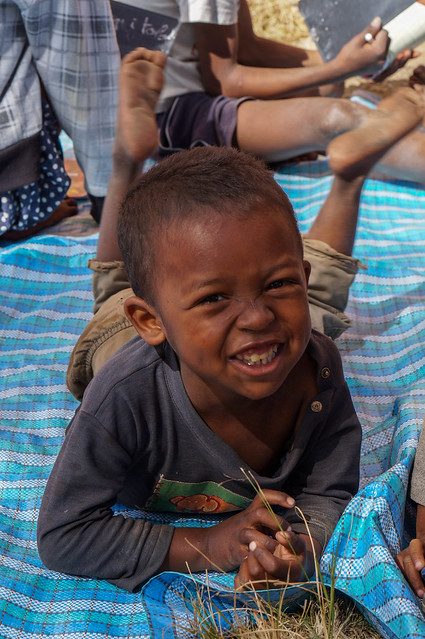

I enjoyed your writing into smallest details. They are insightful and informative as well as entertaining to the delight. The photographs are great as usual. This time my favorite is the image of the little boy with the black hoodie giving a peace sign. It cracks me up every time I look at it hahaha just too cute! Did he spontaneously do that himself?
Thanks for your feedback! Funnily enough, that little boy snapped into that position every time he became aware that the camera was pointed at him! No idea where he learned it.